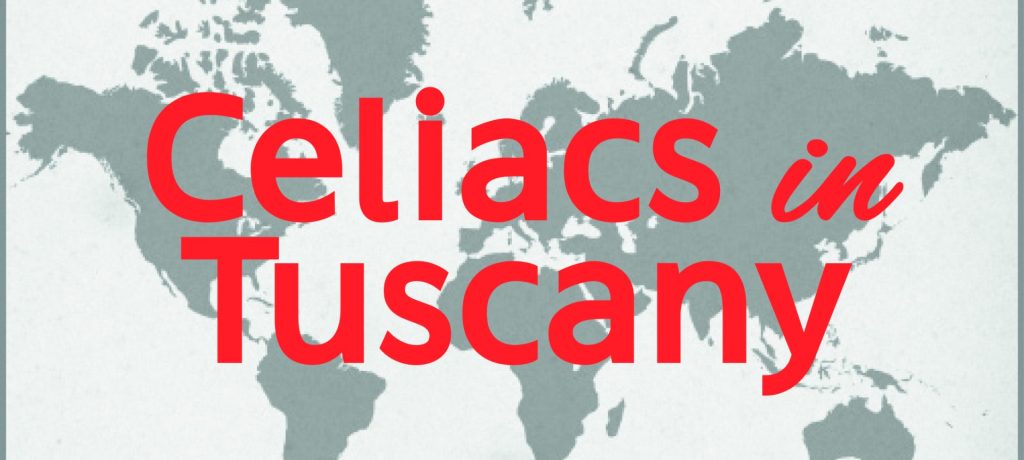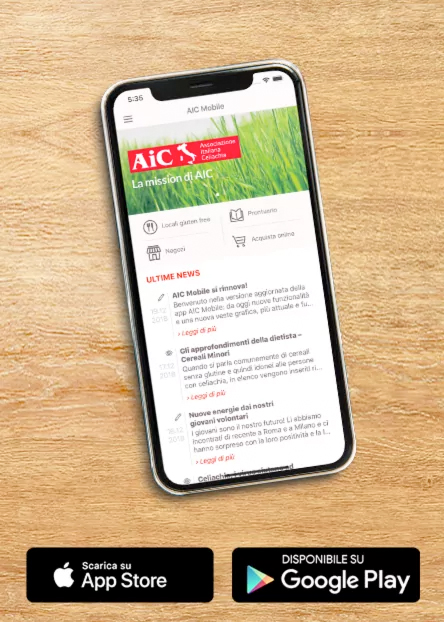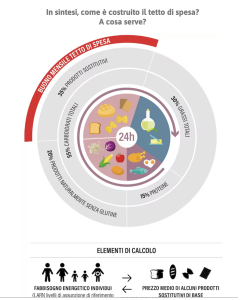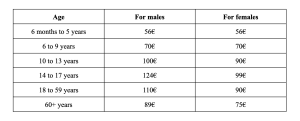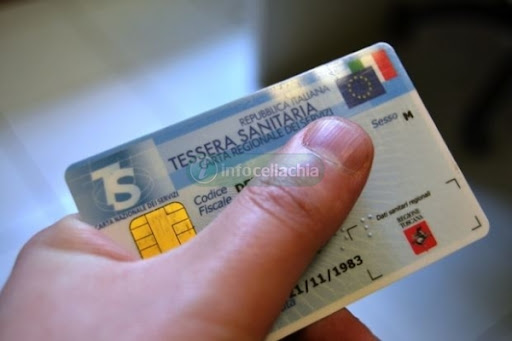
04/12/2024
Italy is renowned among the global celiac community for its progressive approach to supporting individuals with celiac disease through a monthly allowance designed to offset the elevated costs of gluten-free products. This financial support, often referred to as the “bonus celiachia” or “buono mensile,” was established in the 1980s by the Servizio Sanitario Nazionale (National Health Service). While the allowance has become an admired resource internationally, accessing it requires adherence to specific guidelines and processes that Italian residents with celiac disease must navigate.
Eligibility and Diagnostic Requirements
The “bonus celiachia” is available solely to Italian residents enrolled in the public healthcare system, ensuring that only those residing in Italy can benefit from this assistance. That is to say, celiac tourists visiting Italy are not eligible to receive this financial support. Additionally, only those with a formal diagnosis of celiac disease from an Italian doctor or with a certified foreign diagnosis are eligible, presenting a potential barrier for some foreigners. Although it is possible for a foreign celiac diagnosis to be accepted, the certification process can be challenging. It could even require a complete re-evaluation, including testing and other diagnostic procedures, depending on the region.
Allowance Amounts and Allocation Criteria
The amount provided through the “bonus celiachia” is based on the Livelli di Assunzione di Riferimento di Nutrienti ed energia (LARN) – a standardized dietary guideline for how many calories men and women of different ages require to maintain a healthy weight. It’s estimated that 15% of the daily caloric intake fits into the protein category, 30% into total fat, and 55% into total carbohydrates of which 20% are naturally gluten-free and the remaining 35% is what the stipend covers. See the graph provided by the National Associazione Italiana Celiachia (Italian Celiac Association) below:
This calculation influences the level of support provided, as different demographics have varying estimated nutritional needs. The chart below provides a breakdown of the monthly support amounts allocated to celiacs in Italy:
Steps to Access the Financial Support
To initiate this support, an Italian resident diagnosed with celiac disease must present their official diagnosis to the Azienda Sanitaria Locale (local health authorities). In Tuscany, the monthly amount is made available on the health card and can be spent throughout the month in pharmacies, supermarkets, and specialty gluten-free retailers.
Items eligible for purchase with the “buono mensile” include gluten-free bread, crackers, pasta, pizza, sweets (such as cakes and cookies), and specialized flour blends. A list of approved gluten-free products can be found in the Registro Nazionale Degli Alimenti Senza Glutine (RNA), and products typically bear a label indicating their eligibility for reimbursement.
Guidelines for Usage and Regional Variances
It’s essential to note that the allowance cannot be used outside the region of issue and does not roll over month-to-month, prompting some individuals to use any remaining credit before the month’s end. Additionally, celiac patients moving to a new region within Italy must go through the registration process again to receive their allowance in the new region. For many years AIC has been advocating that the Ministry of Health permit celiacs to use their allowance nationwide (without being restricted to their region of residence) but so far this hasn’t happened.
Toward Greater Accessibility and Inclusivity
Italy’s financial support for individuals with celiac disease is a remarkable step toward inclusivity, positioning the country as a leader in health and dietary accommodations for celiacs. While this program provides a considerable advantage, ongoing dialogue surrounding accessibility for immigrants and other resident groups, as well as ensuring fair and equitable support, remains important for continued improvement.
If you have questions about accessing this financial support or need assistance with the process, please don’t hesitate to contact AIC Toscana. Our team is here to help guide you through the resources available to celiac residents and tourists alike in Tuscany.


